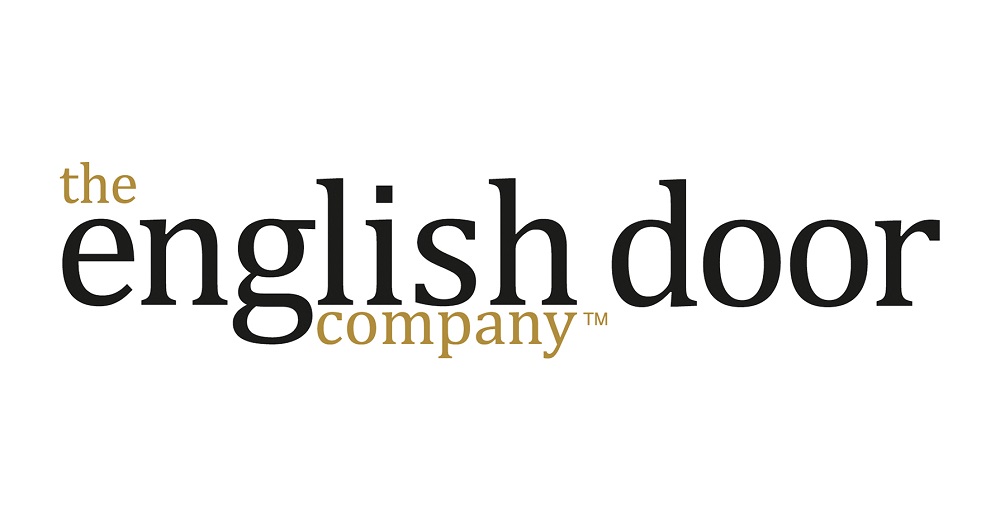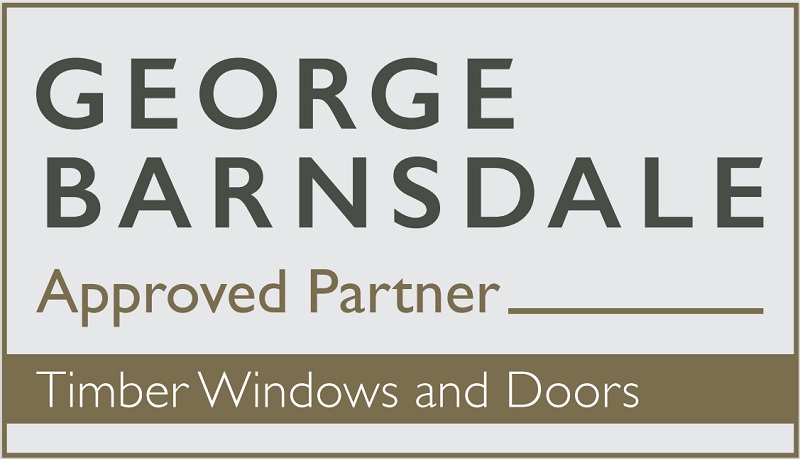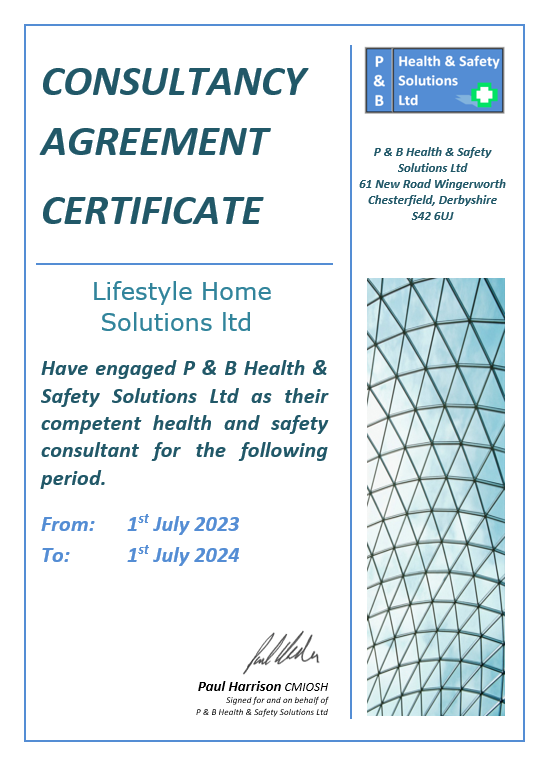General
What is the best way to start the process of getting a quotation?
Experience tells us the best way to start the process is by calling into our show-site to view the products. We have product brochures and even virtual reality tours on our website but we find potential new customers still find it hard to visualise the products in situ. Our conservatory show-site is built outdoors in natural light which our customers also find very helpful. We also have a wide range of windows and doors on display in a range of materials and colours.
What happens during a home visit?
During an initial assessment of the property, one of our team will discuss what requirements and ideas you have in mind while also offering up some valuable design advice that we find our customers really appreciate. We do not use any high-pressure sales tactics, we do not even provide a quotation while we are at the property. We prefer to send you a detailed written quotation via email and post allowing you the proper time to think about what is proposed and come back to us in your own time. Quite often a quotation may need several amendments before a final design is agreed upon.
What happens after I have placed the order?
Following your instruction to proceed with an order a detailed site survey is carried out to establish the final manufacturing dimensions and check the details of the order. Following this visit, our office will be in contact to arrange a provisional installation date.
Do you take a deposit?
No, typically all our projects are started with zero deposit taken. Even with our larger extension projects we dont ask for any money upfront
What forms of payment do you accept?
Cash, personal cheque, banker's draft & bank transfer.
Can I read reviews from previous customers?
Yes we have over 1000 published reviews on independent platforms including:
· Google
· Reviews.co.uk
· Which? Trusted Traders
· Check-a-Trade
· Yell.com
· Facebook
What warranty do you offer?
We offer a lifetime warranty across our entire product range. Our warranty is insurance backed by ‘The Consumer Protection Association’ for 10 years and mirrors our Lifestyle warranty giving all our customers total peace of mind. In 2018 we celebrated 20 years as a Consumer Protection Association member.
Are you a member of any consumer groups?
We have been a Which? Trusted Trader since May 2014. Which? is a consumer group focussed on consumer code of conduct, complaints procedures and company processes. You can read reviews from previous customers on our Which? Trusted Trader page.
What are the showroom opening times?
· Monday to Friday: 8.00am to 5.00pm (later by appointment)
· Saturday: 9.00am to 2.00pm (later by appointment)
· Sunday: Closed
Directions to our showroom can be found on Google Maps
Do you have parking at the showroom?
Yes, we have parking outside. Sometimes especially on Saturday’s it can be quite busy but feel free to park directly in the conservatory showroom or block one of our cars in. There are also 2 very close public car parks on South Street and Queens Drive.
What products can I see at the showroom?
· Origin aluminium bi-fold doors, sliding doors, windows and residential doors
· Solidor composite doors
· Deceuninck Heritage windows and doors (Flush sash, sculptured and chamfered finishes)
· The Residence Collection
· George Barnsdale factory finished timber windows and doors
· Roseview sliding sash windows
· Ultraframe LivinROOF – Insulated aluminium conservatory/extension roof
· Ultraframe UltraROOF – Lightweight tiled conservatory/extension roof
· Ultraframe LivinROOM Orangery
Do you use your own fitters?
Yes, all members of our installation team only work for Lifestyle. Other parts of our team such as plasterers, electricians, plumbers and decorators are all contractors with who we have a long history of working alongside.
Do I need Building Regulations approval for replacement windows and doors?
Yes. This is quite easy and you do not need to do anything. Since 2002 when replacement windows and doors first needed Building Regulations approval, we have been a FENSA member. FENSA administrates Building Regulations for the window and door industry. Once we have completed your project we register the details of your installation with FENSA and then a FENSA certificate is issued to you through the post. This certificate will be needed if/when the property is sold as evidence the windows/doors have been replaced to current Building Regulations standards.
Conservatories
Is a traditional tiled roof or flat roof with lantern a viable alternative?
The simple answer is no. To fit a traditional roof (rather than one of our LABC approved roof systems) the foundations will need to be exposed and either underpinned to satisfy a building inspector or if this is not feasible the foundation/walls will need to be re-built as per current Building Regulations.
Home owners frequently ask when replacing a polycarbonate roof with an extension roof, does the space feel a lot darker?
It’s amazing how much light a polycarbonate roof actually blocks out. By including a small amount of glazing natural light will flood into the space. Call into our showroom or visit one of our existing customers to see for yourself.
Will I be able to use the conservatory in winter?
As the roof complies with Building Regulations, thermally you have complete peace of mind the space will be as insulated as possible just like a traditional extension. Our Ultraframe products LivinRoof and UltraRoof are both 15 times more thermally efficient than the roofs they replace.
Acoustic insulation, will it be quieter?
With an UltraFrame extension roof there is a significant improvement just like traditional roofing.
What happens about Building Regulations?
All solid roof structures need to comply with current Building Regulations. Lifestyle will apply for the relevant documentation on your behalf through our inspector JHAI. The council will be notified of the work and upon completion, a hard copy will be sent to you to file and keep as these will be needed when the property is sold.
Is there a weight or load problem removing the existing roof? Will the new extension solid roof be too heavy to sit on my existing windows and doors?
Both our Ultraframe UltraRoof & LivinRoof are much lighter than many of the other replacement tiled roofs on the market and actually not much heavier than a glass roof. This often means the original side elevation windows and doors can remain in situ. We actually find a lot of our customers opt to get a quote for replacing the windows and doors too for a completely new look and thermally better glass. Removing the whole conservatory means the existing one can be sold to generate some money. Subject to a visual assessment of the base and walls for signs of historic movement there is no need to excavate a pilot hole to reveal the foundations.
I have no door between the house and conservatory, will that affect Building Regulations?
For replacement projects with no existing external door, building control are satisfied because thermal improvements are being made. The only constraint is that the new roof has a maximum glass area of 25% when using our standard glass unit specification.
Can I remove an existing external door/window into the extension?
To remove an existing external door from the house an energy calculation must be made to assess any potential heat loss, subsequent recommendations will be made to offset any heat loss such as increasing loft insulation or changing light bulbs to low energy light bulbs. We can arrange for this calculation through JHAI.
Is it possible to extend the height of an existing wall?
It is possible however we do not recommend this as ‘good practice’. Typically the suitability of an existing foundation is not known and building an existing wall up to ‘full height’ will add a significant amount of extra downward load. Ultimately it is our customer’s decision but we recommend taking a look at our insulated dummy wall solution for a practical alternative.
Will it add value to my home?
Simply put the answer is yes! There has been some debate about the added value of a conservatory for many years however an insulated solid roof space adds rateable value floor space to a home.
Should I be wary of clad over roofs?
Yes! Clad over solutions are cheap but they are not properly tested. Would it be structurally safe? Fire tested? Building control compliant? Will it create a problem when selling the property?
Doors
What does GRP mean in doors?
GRP stands for 'glass reinforced plastic'. It can also be known as fibreglass. GRP is used as a skin for composite doors, adding a thick layer on each side of the door. Thanks to this, GRP-based doors are one of the best options for external doors due to their durability and strength.
Which is better, composite or uPVC?
There is not necessarily one objective answer, since both have different benefits from each other, as well as those that are similar.
How long will a UPVC door last?
UPVC doors are typically known to last around 20-25 years with the potential to last longer. As always, any such figures will be based around the homeowner keeping up the maintenance effectively. Fortunately, uPVC doors are very low maintenance and generally only need a wipe down with some warm water and a cloth. The aesthetic appeal can be easily maintained with regular upkeep.
What are the benefits of a composite door?
Composite doors are one of the most popular options for good reason. Their market-leading designs provide excellent security options thanks in large part to their thick, durable GRP skins. The Solidor range, for example, has a broad selection of additional security features and accessories, as well as innovative locking systems. The customisation options are also plentiful, meaning you can design your door to your exact desires. Given you can design your dream door, it is a good thing that their durability provides a long lifespan, often up to 35 years.
Which door material has the longest lifespan?
Do you need planning permission and building regulations for a door?
Usually, you will not need planning permission for a door. If you are planning to install a new door, then as long as it is similar in appearance to the one that you are replacing then planning permission will not be required. Minor additions or repainting are also things that do not need planning permission and fall under permitted development rights instead. Installing doors such as French doors, bifold doors or sliding doors also fall under permitted development rights. You will, however, typically need approval from buidling regulations. Other restrictions include:
What are the best back door options?
Windows
When do you know it's time to replace your windows?
There are a number of signs that can start to appear when it comes to needing to replace your windows, some more severe than others. One example is the windows being draughty. While new windows may be a fairly significant expenditure, modern double-glazed windows are very energy-efficient. As a result, you will be able to save money in the long run if you were to replace your old windows. If there is a draught, then the likelihood is that there is something wrong with your windows, such as a broken seal.
General damage or wear and tear are also fairly sure-fire ways to tell that you may need new windows. Also, seeing a rise in energy bills could well be a sign that your windows are not performing in the way that they should, thus forcing heating to be used in an attempt to combat. In particular, old windows are often single glazed and are in turn prone to leaks and damage.
How does double glazing affect energy efficiency in a home?
Upgrading to double glazing will see a noticeable effect on the thermal efficiency of your home. Having energy-efficient double glazing will provide a broad range of benefits, such as reducing condensation and noise and generally making the house more comfortable. The two panes of glass that are used for double glazed windows are typically filled with air or, more prominently, an inert gas; each is tightly sealed. Argon gas is used in between each pane and is more insulating than air.
Is triple glazing better than double glazing?
Triple glazing can certainly be an upgrade in some areas. Triple glazed windows are typically more comfortable due to their heat retention as well as their acoustic insulation and noise reduction. The slightly lower U values can also help in reducing condensation even further, thanks to the heat being kept inside more and keeping the colder outside temperatures mixing with the warmer internal air. While triple glazing has its benefits, that is not to say that double glazing is anything close to being inferior. Double glazing still offers a myriad of benefits, such as the fact that it is generally less expensive than triple glazing and still provides a great all-round performance.
What material is the best for new windows?
- Timber - timber windows provide great levels of insulation and give a stunning natural aesthetic. Softwood and hardwood are two options for wooden windows. Softwood is generally the less expensive option and can easily suit both modern and traditional homes, while hardwood is typically more popular on traditional properties. Timber is one of the most insulating and long-lasting materials thanks to its natural properties, but is also one of the hardest to maintain.
- Aluminium - aluminium is a fantastic material to use for windows because of its natural strength, allowing designs to incorporate slim frames. The slim designs can allow a larger amount of glass to be installed within and can also easily accommodate some heavier triple glazing. These design combinations are greatly suited to contemporary homes, but they also work well with older properties. Aluminium windows are also known for their low maintenance benefits and long lifespan.
- uPVC windows - uPVC is a very popular option for replacement windows, largely because of its value for money. UPVC windows are one of the most budget-friendly options available but they still offer a great deal when it comes to benefits and advantages. It is a very low maintenance material and can be customised in a lot of different ways, thanks to the range of colours and finishes on offer.
How do windows get condensation?
Condensation forms when the damp, warm air comes into contact with the cold glass on a window. Generally, condensation forms through the air inside a room being warmer than the surface temperature of the window. It is common during the winter because of the need and temptation to turn up to heating to combat the cold. That, combined with usual factors such as cooking and showering, means that condensation is likely to build up quicker.
How to prevent condensation on windows
Condensation is not always a bad thing, though it can be detrimental to one's health if it is not dealt with. Not only that, but it can cause damage to window frames and ceilings, as well as damp walls and a build-up of mould. The damp and mould can lead to health issues such as allergies and asthma.
Ventilation is a key factor when it comes to preventing condensation. An easy way to increase ventilation within the home is to open windows where possible and avoid draught-proofing windows in the most prone areas, such as bathrooms and kitchens. If you do not have an extractor fan, then this is particularly vital because otherwise there will be nowhere for the moisture to go. Showers and cooking are two of the most common causes of condensation.
Other simple ways to try and prevent condensation include investing in a dehumidifier, ensuring you have lids on while cooking and, if possible, drying clothes outside.
Do you need planning permission for windows?
If you are replacing a window with one that is similar in size and appearance, then you will likely not require planning permission. When installing new windows, however, there are cases where you may in fact need planning permission. Such cases include:
- installing a window at a side elevation that can open and is not obscure-glazed, unless the part that opens is 170cm above the floor level
- fitting a skylight that goes beyond 150mm of the plane of the roof slope or is higher than the apex of the roof
- living in a listed building, area of outstanding natural beauty or other designated areas
- your area falls under an Article 4 Direction
Do you need Building Regulations for new windows?
Building Regulations are based on the quality and way a structure is built to ensure safety standards are met. There are a few things to take into consideration when it comes to new windows and Building Regulations. These include ventilation, fire safety, thermal heat loss and safety glazing.
All building control approval is taken care of by us here at Lifestyle.


















